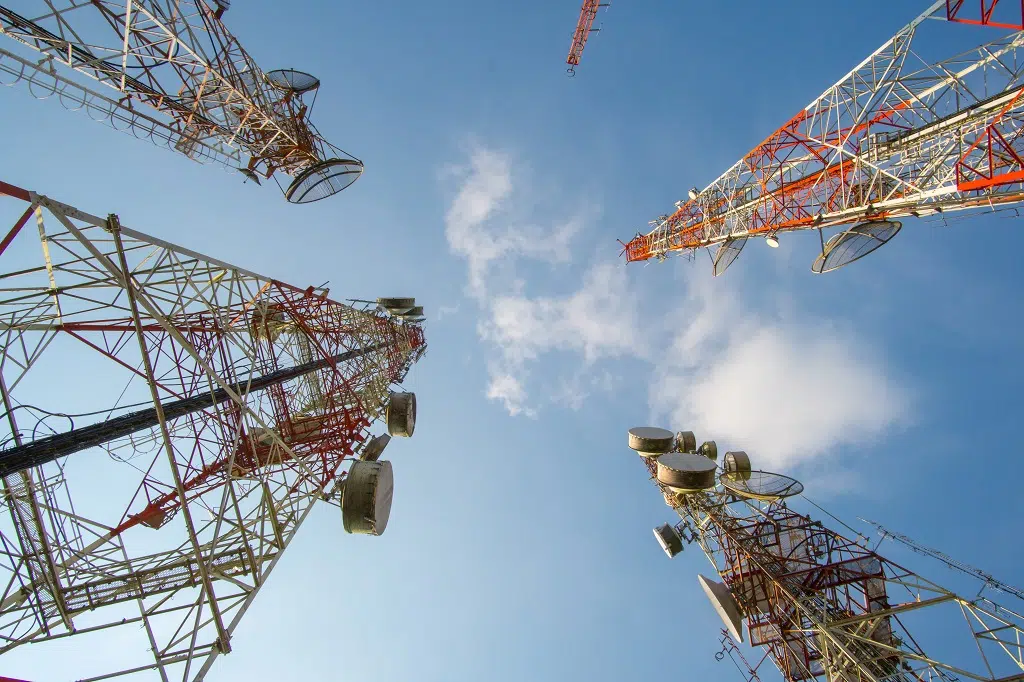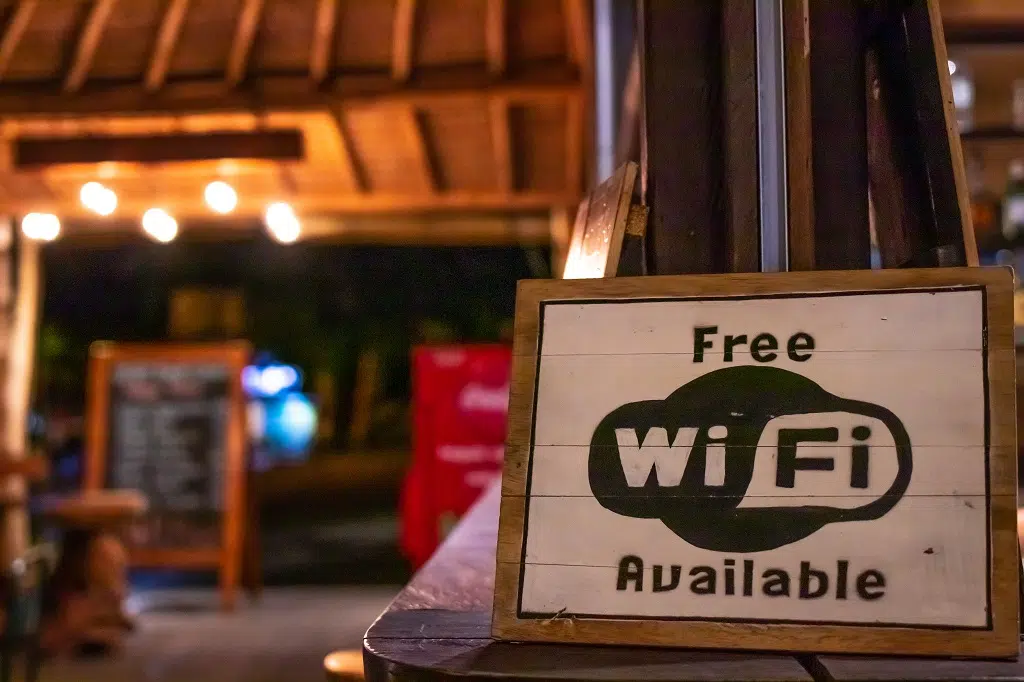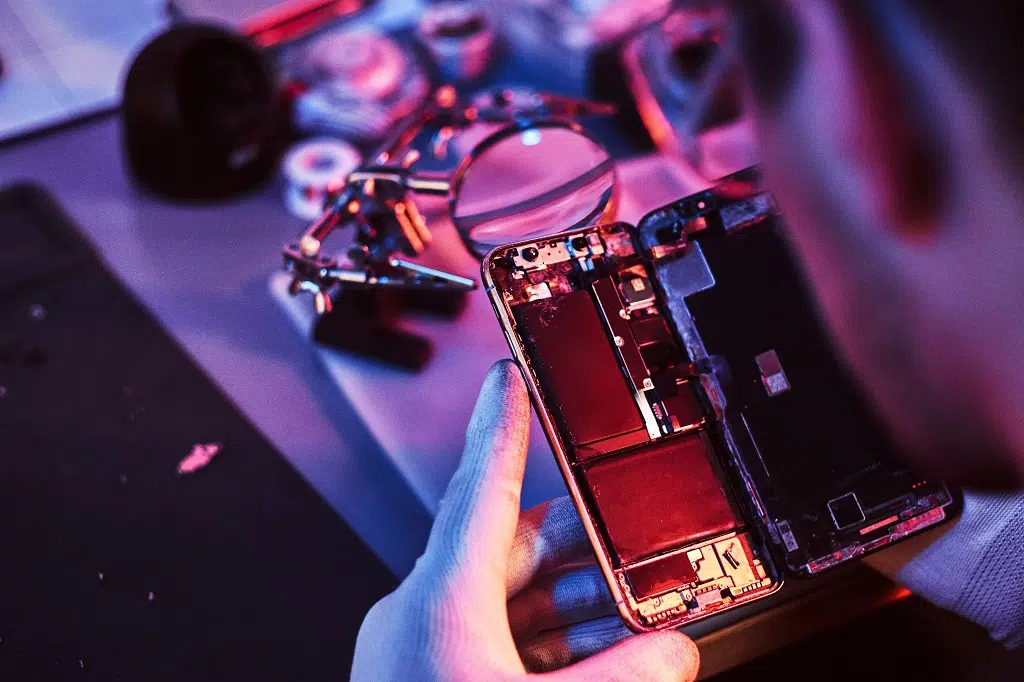Here’s what happens when you turn off cellular data on your phone:
Turning off cellular data on a phone makes it so the phone cannot upload or download through the carrier network.
If you are connected to a Wi-Fi network, this will not impact how the phone functions in noticeable ways.
If you are not connected to an alternative network, the phone will not be able to use the internet.
So if you want to learn all about how to turn cellular data on or off your phone, then you’re in the right place.
Keep reading!

What Is Cellular Data?

Cellular data is a setting on most smartphones.
The setting allows you to control whether or not the phone can upload and download data from cellular networks.
If it is on, then you can connect to the internet without using Wi-Fi, Bluetooth, or any other alternative data methods.
Instead, the connection to the cellular network is sufficient for any data-related activity.
This includes the use of apps, but it also includes voice over IP calling and data messaging, which is used for iMessage, among other things.
How Do You Know If Cellular Data Is On or Off on Your Phone?

If you’re wondering what happens when data is off, it probably helps to know if that is the case or not.
With most phones, it’s very easy.
You can go to your settings, and you will see if cellular data is available.
On many phones, there is an even easier way to check, but it isn’t universal.
Most of the time, if you see “3G,” “4G,” “LTE,” or “5G,” it means that data is currently on and available.
At the very least, those iconic indicators let you know that you are connected to a network that offers data.
What Happens When Cellular and Wi-Fi Are Both On on Your Phone?

In most cases, you will have cellular data on and the option to connect to a Wi-Fi network.
This is true in the majority of home and work settings, so let’s start here.
If both are running, your phone can pick which network it uses to upload and download information.
The default is to use your Wi-Fi.
This is because cellular plans have historically been more data-restricted than Wi-Fi networks.
To prevent you from going over data limits, the Wi-Fi default was made standard a long time ago.
Despite that, a typical phone will supplement a Wi-Fi connection with cellular data.
If the Wi-Fi is being slow or unresponsive, the phone will use the carrier network to compensate so that you get the best experience.
All of these settings can be customized.
If limiting cellular data usage is important, you can set it so that it always chooses Wi-Fi when available.
If data limits are not a concern, the phone can default to using the most responsive network available.
What Happens When Cellular Data Is Off on Your Phone? (3 Things)

When you turn off the cellular data setting, the results will depend on the environment surrounding the phone.
The phone won’t be able to upload or download on the carrier network, but what that means for the user experience will vary.
#1 When You Have Wi-Fi

If your phone is connected to working Wi-Fi and you turn cellular data off, you won’t notice much of a difference.
The phone was likely defaulting to the Wi-Fi network already.
The lack of cellular data only means that you’ll see slowness or interruptions in the case that the Wi-Fi network has some kind of disruption or problem.
A lot of people leave cellular off at home because Wi-Fi is sufficient.
#2 When You Have No Wi-Fi

If you choose this setting when your phone isn’t (or can’t be) connected to a Wi-Fi network, then you will have no internet capability.
You won’t be able to use web-dependent apps.
You won’t be able to download updates, stream music or video, or send messages over data networks.
You won’t be able to do video calling or use network calling (like Facetime or WhatsApp).
There is an exception to all of this.
It is possible to connect your phone to the internet without using cellular data or Wi-Fi.
You can plug a phone into a connected computer and get access that way.
There are also setups that would enable you to connect to a working network via Bluetooth.
Both require you to invest a bit of effort. They aren’t as easy or accessible as Wi-Fi and cellular.
#3 Non-Data Services

Whether or not you have Wi-Fi, when you turn off cellular data, you can still use non-data cellular services.
Primarily, that includes three things.
You can still make cellular phone calls.
You can’t do apps that do IP calling, but regular old cell phone calls will work fine.
You can also send SMS messages.
These are traditional text messages.
If you’ve ever tried to send a data text and it failed, you may have been given an option to send an SMS instead.
This is the same thing. It’s also the default way to send a text between an Android and iPhone.
Lastly, you can still access GPS services. They do not run on the cellular data network. Instead, GPS-enabled phones have a separate communication system that specifically works with GPS.
Some phones don’t actually use GPS. They offer cellular triangulation instead. That also works without cellular data.
How Do You Turn Cellular Data On or Off?

So, how do you actually turn this feature on or off?
Well, there are a lot of different phones in the world, and the specific steps vary.
Essentially, you want to go to your general phone settings.
From there, you will see a setting for cellular data.
Select that setting and turn the data on or off as you see fit.
You might see this option under network settings or data usage settings instead.
In every case, this setting can be toggled on or off.
Why Would You Turn Cellular Data Off on Your Phone?

Now that you know how it all works, why would you want to turn off your cellular data?
There are usually two reasons.
The first is to conserve data on a cellular plan.
If you have a data limit, you can turn off access to data to prevent accidental overages.
Simply turn data on when you need to use it, and leave it off otherwise.
It’s a great way to avoid unexpected charges.
The second primary reason to do this is for troubleshooting.
If your phone isn’t connecting to the internet properly, you can toggle cellular data and/or Wi-Fi connections on and off, respectively, to figure out which network is failing.
If they are both failing, then the problem is likely local to the phone itself.
What Happens When You Turn Cellular Data Back On on Your Phone?

What happens when you reactivate cellular data?
If you were connected to Wi-Fi, nothing noticeable.
Your phone was already using internet services normally, so turning cellular data back on doesn’t do much.
If you weren’t connected, then you might get a rush of notices.
Phones queue up data requests when no network is available.
Once a network becomes available, they try to rush through that queue in order to catch everything up and make your services and apps work the way you expect.

